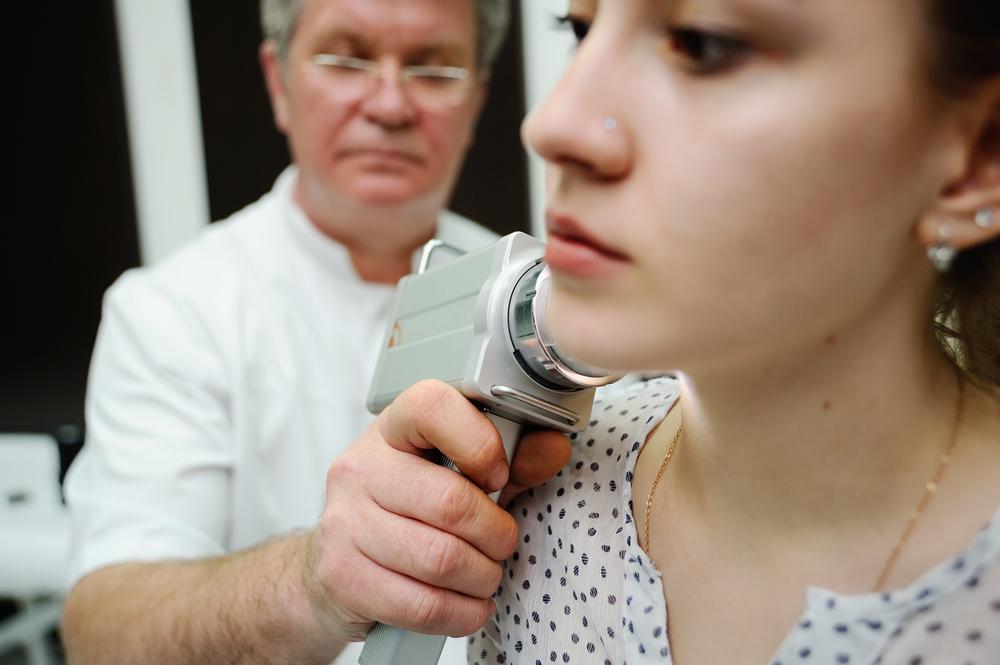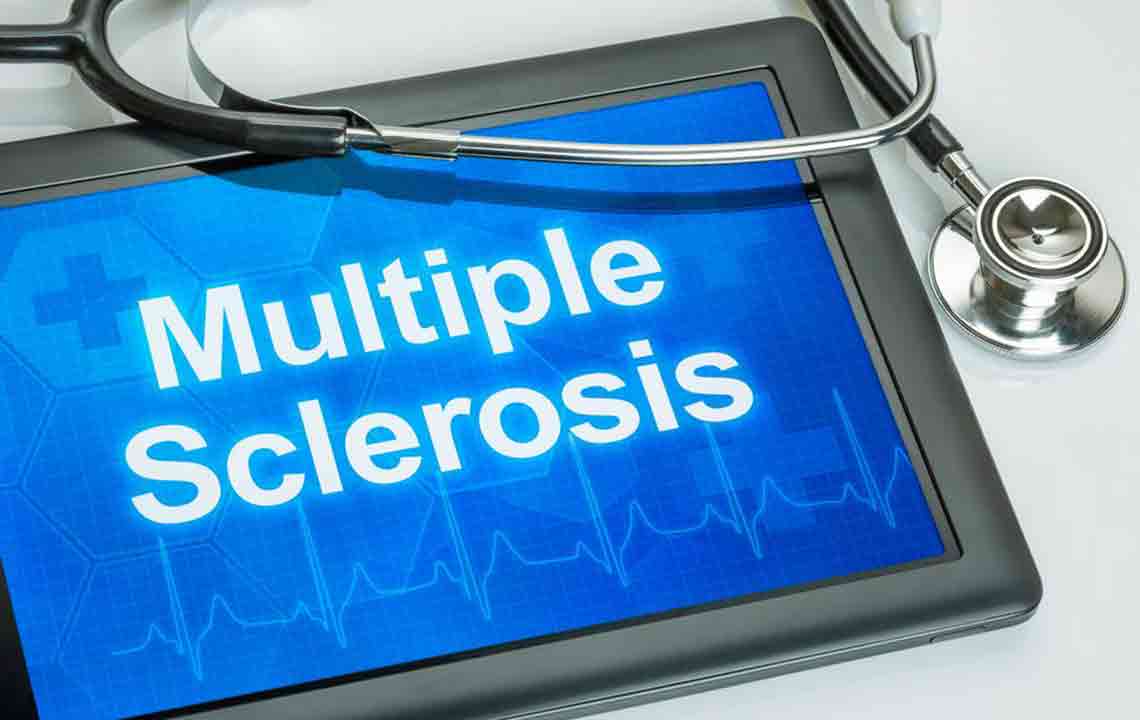Recognizing the Key Indicators of Sarcoidosis
Sarcoidosis presents with a range of symptoms depending on the affected organs, including respiratory, skin, ocular, and cardiac signs. Early diagnosis through imaging and tests is crucial for proper management, as the disease can develop gradually or appear suddenly. Recognizing these key indicators helps ensure timely treatment to prevent complications.
Sponsored

Sarcoidosis is a condition characterized by the formation of small granulomas—clusters of inflammatory cells—in various parts of the body. It predominantly affects organs such as the lungs, lymph nodes, eyes, and skin. Because symptoms often resemble other illnesses like respiratory infections or the flu, diagnosing sarcoidosis can be challenging. If you experience any warning signs, a chest X-ray is essential for accurate detection. Common symptoms include:
Night sweats
Congestion
Fatigue
Fever
Swollen lymph nodes
Weight loss
Additional symptoms depend on the affected organs. Lung involvement may cause dry cough, wheezing, chest pain, and breathing difficulties. Skin manifestations include rashes, lumps, or lesions on the nose, cheeks, and ears. Eye symptoms such as redness, blurred vision, and light sensitivity can also occur. Heart issues like fluid buildup, chest pain, irregular heartbeat, and fainting may be present. Other signs like joint pain, kidney stones, and neurological symptoms could also indicate sarcoidosis. Early detection through routine testing and imaging is vital for effective treatment.






